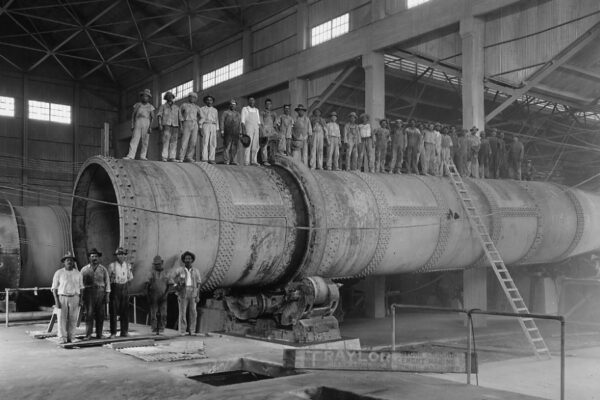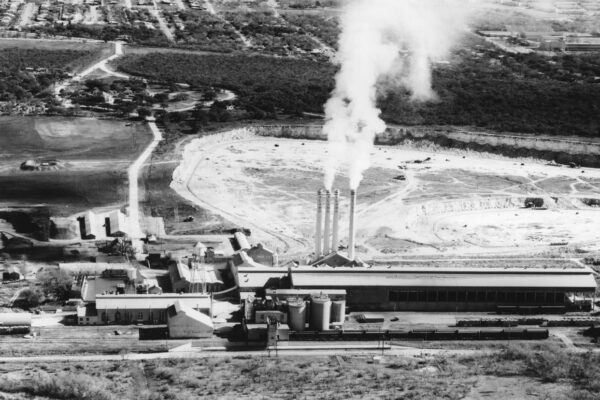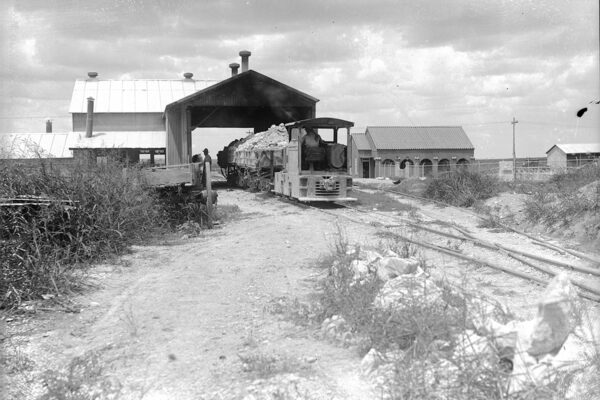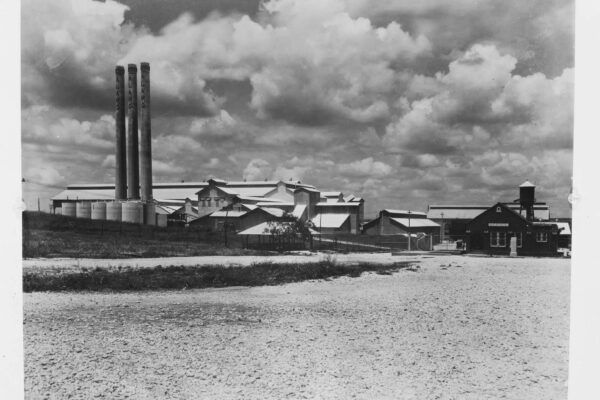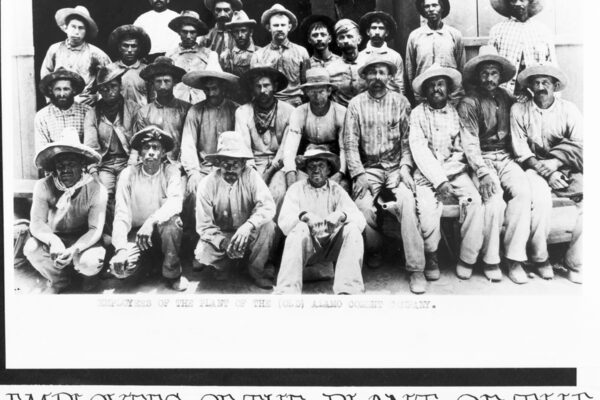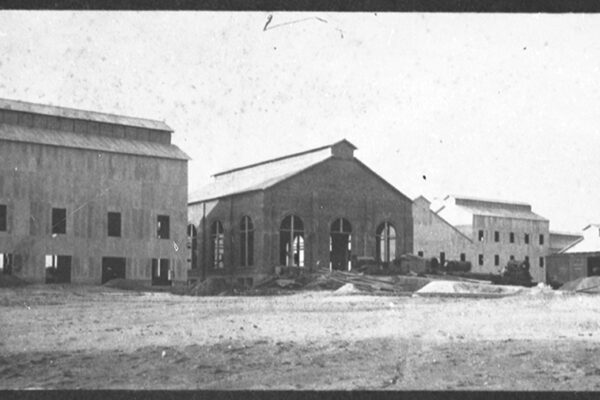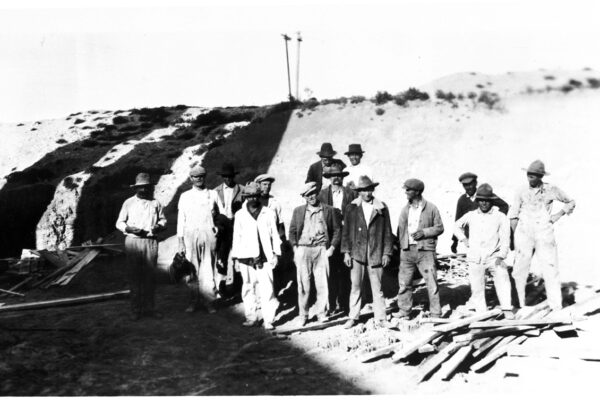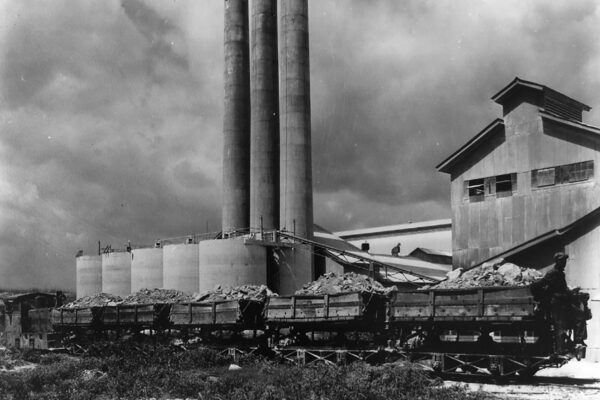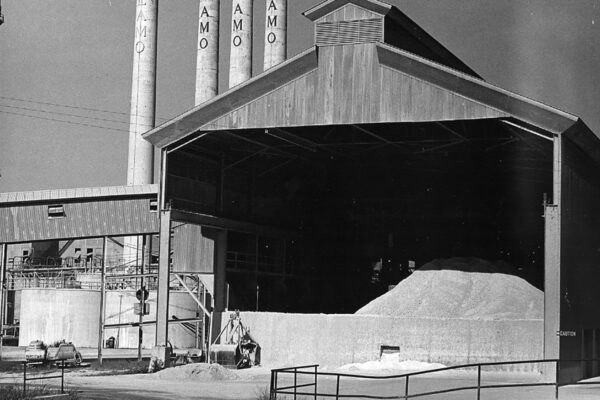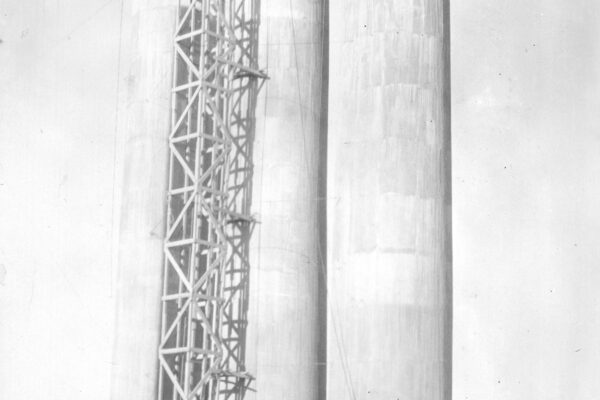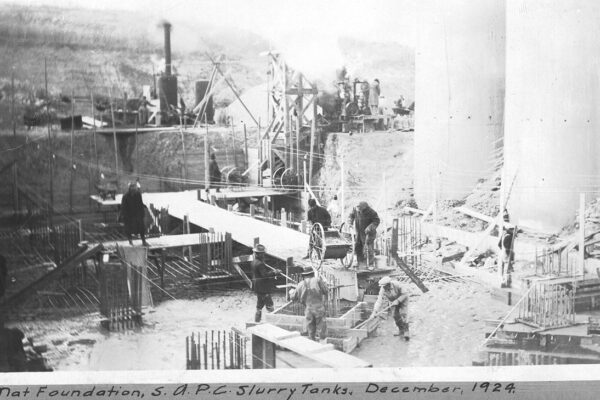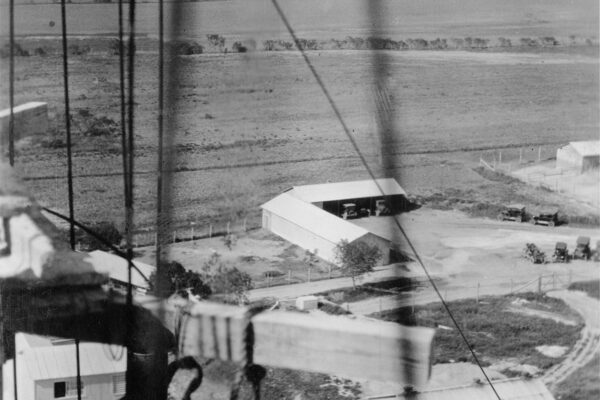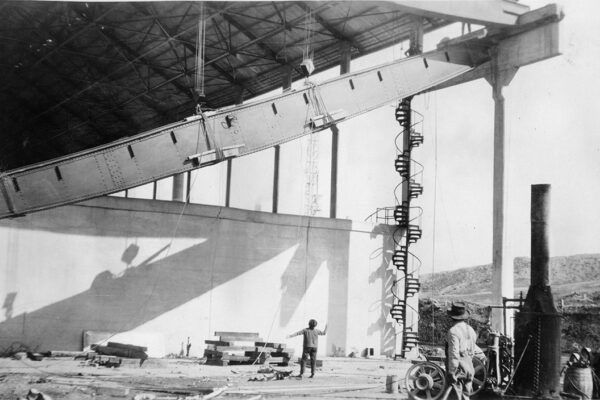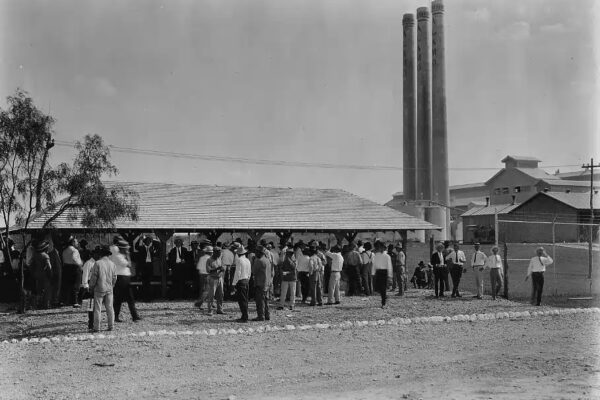The historic Cementville paved the way for The Quarry Golf Course in 1993 and since then we have been proud to provide a premium level golf experience to area residents and visitors. The history of our property and the adjacent Quarry Market area go much farther back than that.
CHISELED IN THE HEART OF SAN ANTONIO
Cement production, one of the city’s oldest and most prominent industries, has a rich history in San Antonio. It includes the development of what is believed to be the first Portland cement plant west of the Mississippi River, a venture initiated in the 1880s by the Alamo Portland and Roman Cement Co. This pioneering plant was situated in the area that we now know as the Japanese Tea Garden within Brackenridge Park.
As time passed, the cement company underwent transformations and changes. Originally known as San Antonio Portland Cement, it was later renamed Alamo Cement. In 1908, the company decided to relocate its quarry operations to a more remote location a few miles north of the original site. This new location, situated on 500 acres outside the city’s original limits, was chosen for its cost-effective land and proximity to the growing community of Alamo Heights. Remarkably, it was located at least 2 miles away from the nearest streetcar stop.
Recognizing the need to accommodate its workforce in this relatively remote area, Alamo Cement took an innovative approach. The company constructed over 90 three-room cottages for its workers and their families, while supervisors were assigned to old farmhouses in the vicinity. This effort created a close-knit labor community, and many families continued to reside in Cementville for multiple generations.
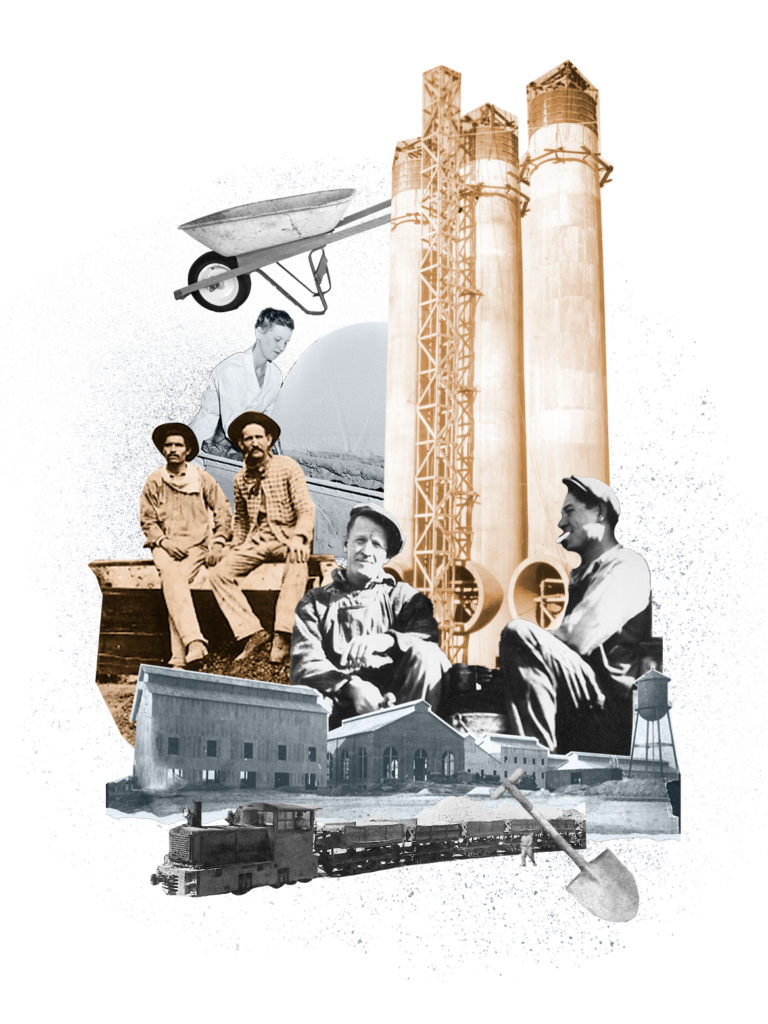
ICONIC LANDMARKS
The most iconic remnants of the old Alamo Cement Co. plant are the landmark 200-foot smokestacks that still stand at the Alamo Quarry Market. These towering structures served a dual purpose: they created an updraft, drawing smoke and gases away from the factory floor and providing ventilation for workers who toiled under extreme heat while processing crushed rock. Moreover, these smokestacks made the industrial complex a visible landmark, able to be seen from miles away and a significant element of San Antonio’s 20th-century growth.
The history of cement production in San Antonio is intrinsically linked to the evolution of the Alamo Cement Co., its relocation to a remote location, the creation of Cementville, and the enduring legacy of the towering smokestacks that continue to define the cityscape. This industrial heritage underscores the city’s growth and the enduring impact of its industrial past on the community.
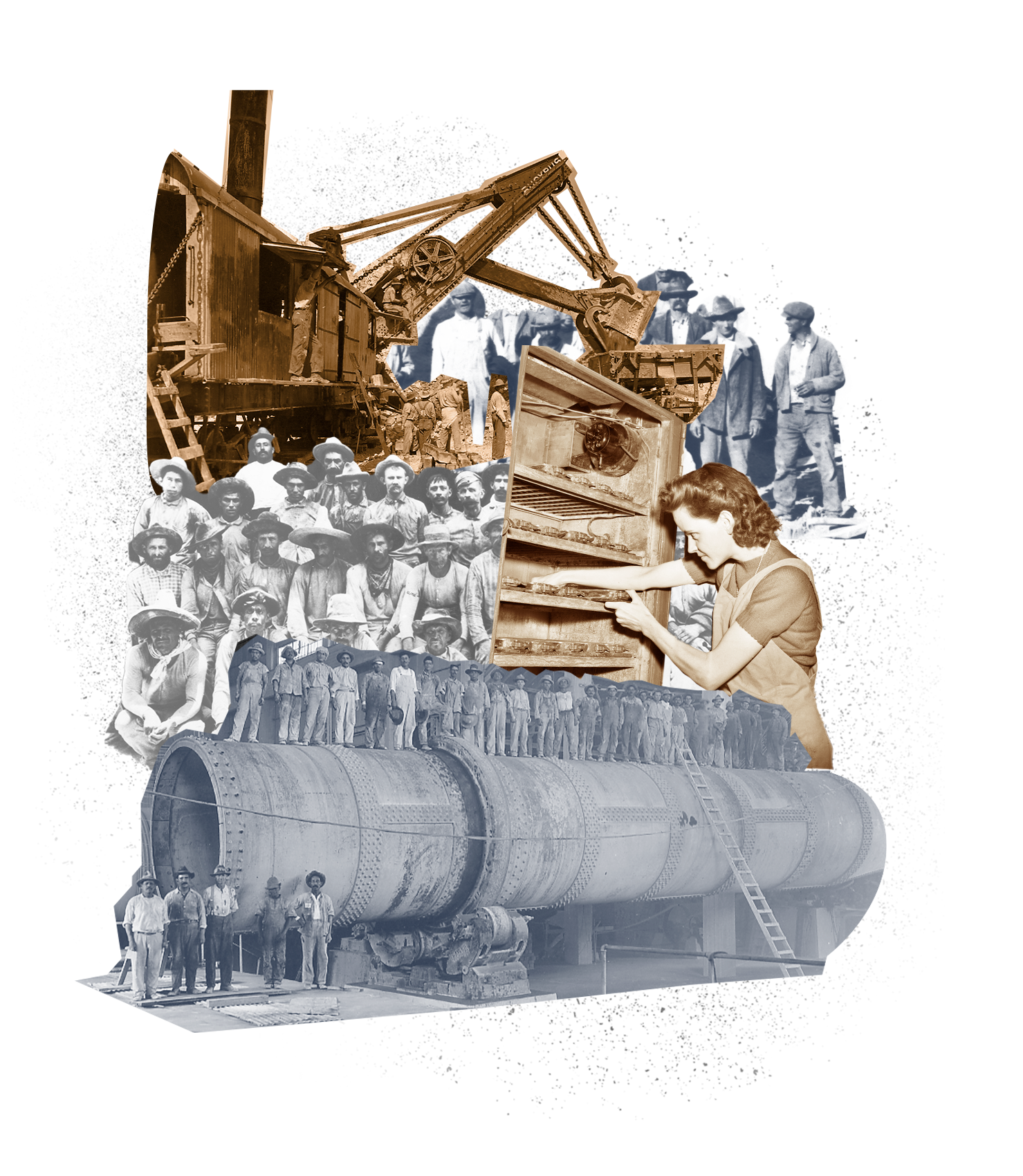
A once-thriving, predominantly poor Hispanic community that resided in the company town just west of Alamo Heights holds a treasury of memories and stands as a fascinating chapter in San Antonio’s cultural heritage. However, the passage of time has nearly obscured its existence, as the cement plant, quarry, and company village have been eclipsed by modern developments such as the Quarry Golf Course, the Lincoln Heights neighborhood, commercial structures, and bustling traffic.We proudly embrace and honor Cementville’s legacy. In 2018, during our clubhouse renovation, we prominently displayed historic photos of Cementville and its hardworking residents. When you play The Quarry, you’re not just playing golf; you’re stepping into a piece of history, connecting with the lives of those who once thrived in this vibrant community.
